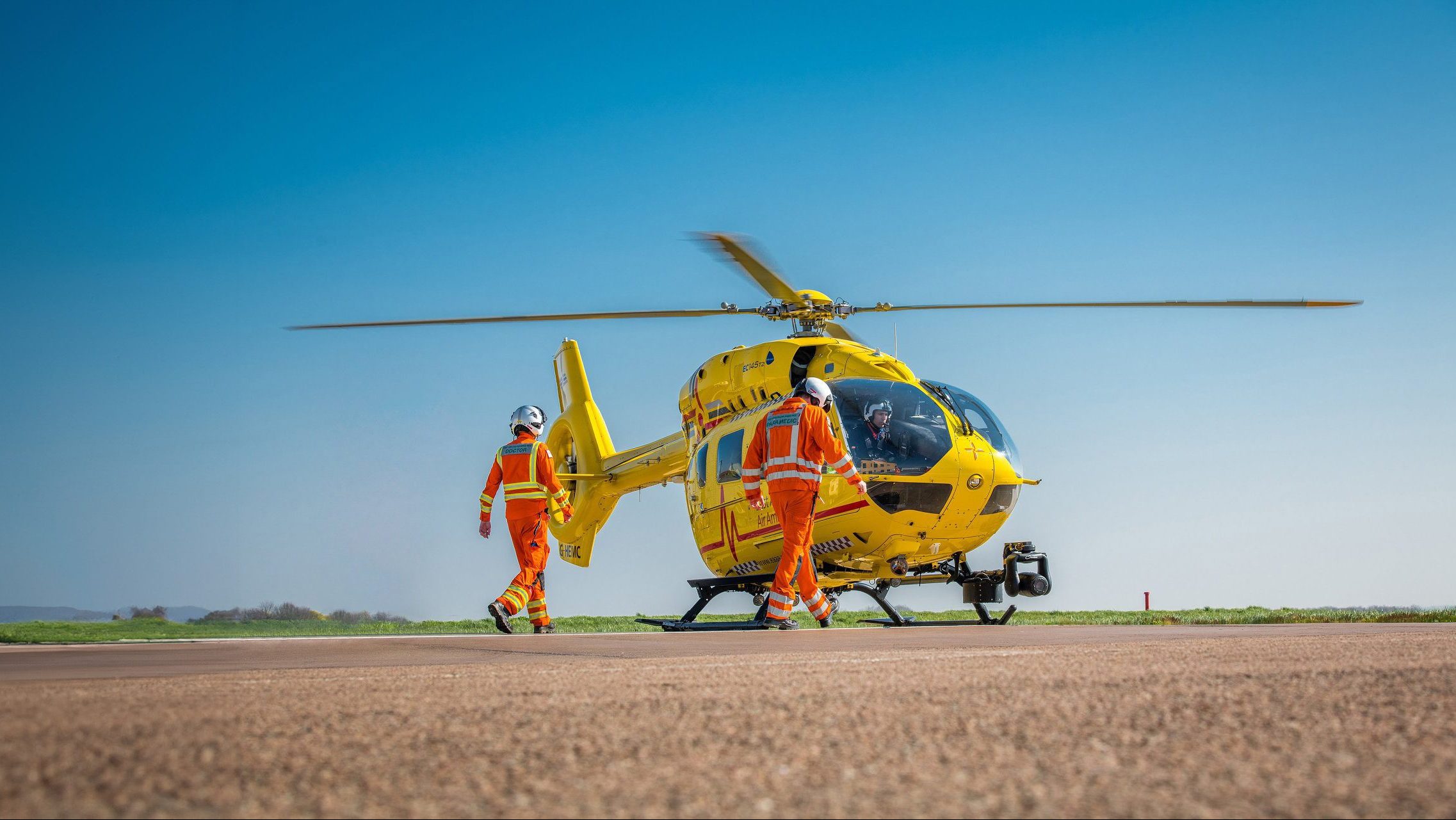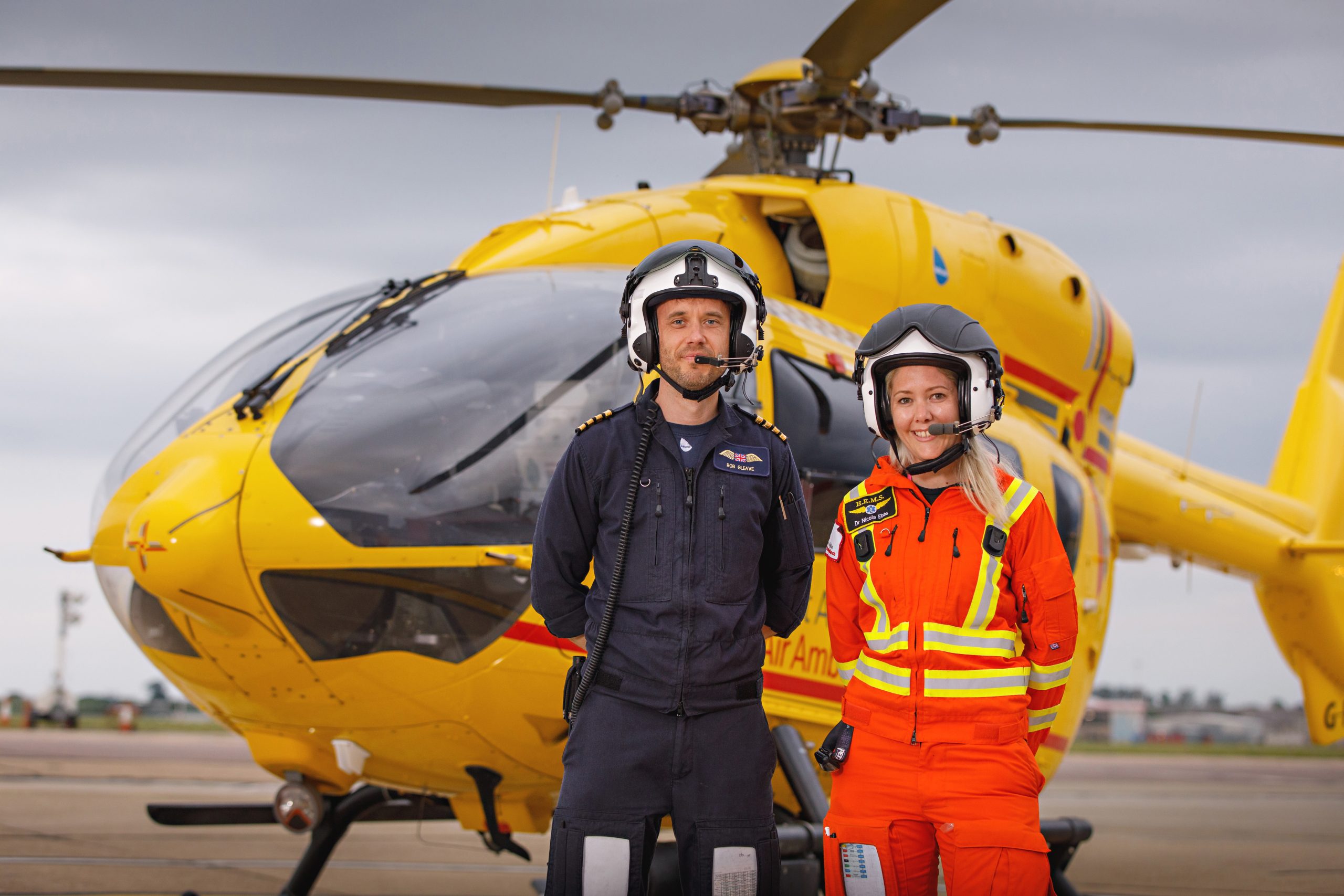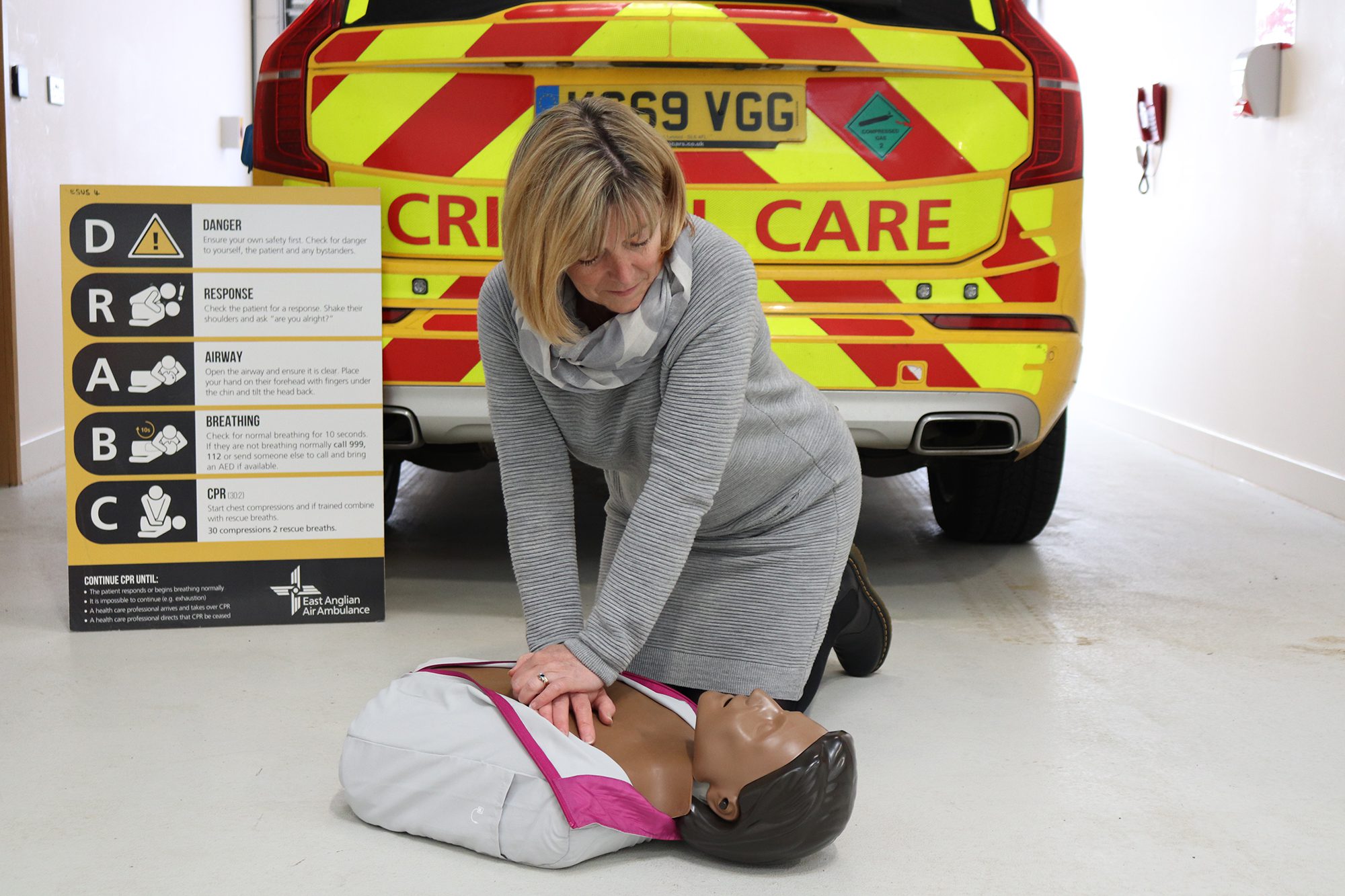11 Jul 2019
The importance of clinical data and research
Statistics and data analysis may not initially seem to have a direct link to EAAA's clinical work but by measuring and analysing our work at each stage we can review and make changes/ improvements which may help save even more lives. With one paper now published in the EMJ, Medical Director Alastair Wilson continues to promote the benefits of data analysis. "We can only improve by constantly measuring our outcomes", he says.
To continue doing just this, we have hired Dr Paul Cocker, a full-time Data Analyst, to work with our colleagues in other air ambulance charities and the ambulance trust to help us learn even more.
Each time the crew are tasked, a record is generated in HEMSbase; our secure and confidential patient database. This records details from the time of the original 999 call to location of the patient, treatment at scene and hospital destination. We now have nearly 11,000 records on HEMSbase which Paul can review and analyse in a wide variety of areas.
Paul’s overall aim is to be able to identify the types of jobs where a HEMS team produces the greatest benefit and use this to guide tasking. Paul also oversees the clinical audit programme, where current projects include an analysis of falls in the elderly, how our clinical teams comply with our policy on treating head injuries, the types of injuries likely to be suffered in a motorbike accident and rates of tasking over Bank Holiday weekends, with a view to reviewing staffing levels.
Paul is also starting a project working with other air ambulance charities to look at regional HEMS data from the Trauma Audit Research Network (TARN). This is a nation-wide database containing records of all patients classified as Major Trauma Centre positive with severe and life-changing injuries. By comparing our regional records against the rest of the UK, we can look at policies and procedures and tweak our clinical practice accordingly. To quote Francis Bacon (and our own Medical Director): “knowledge is power.”








